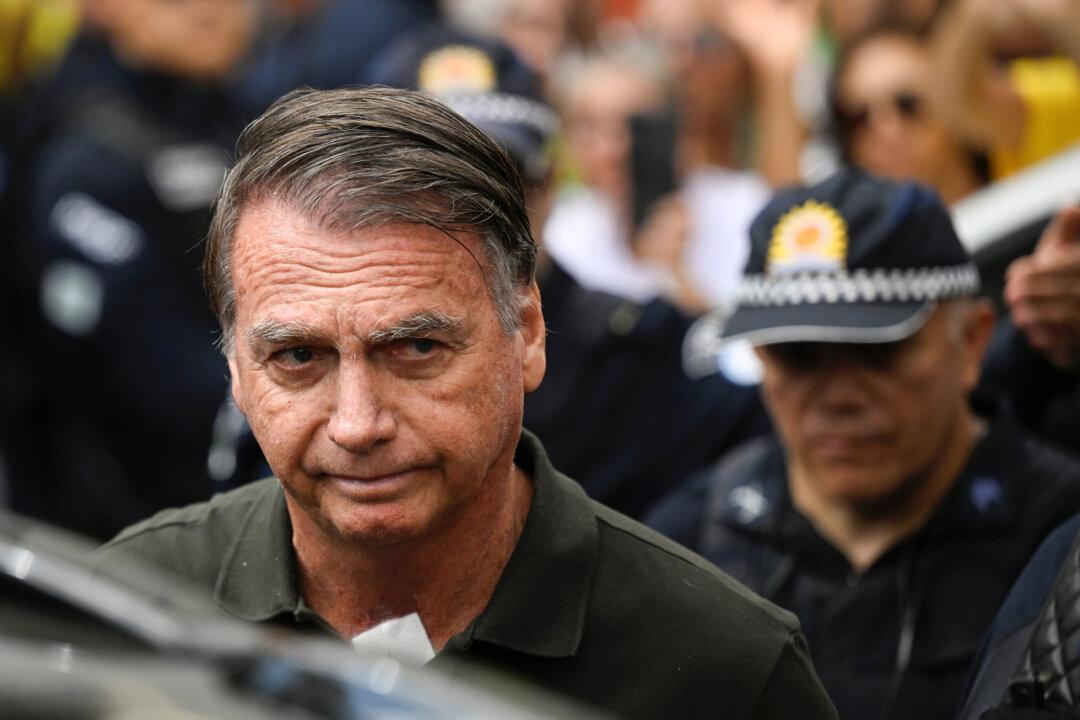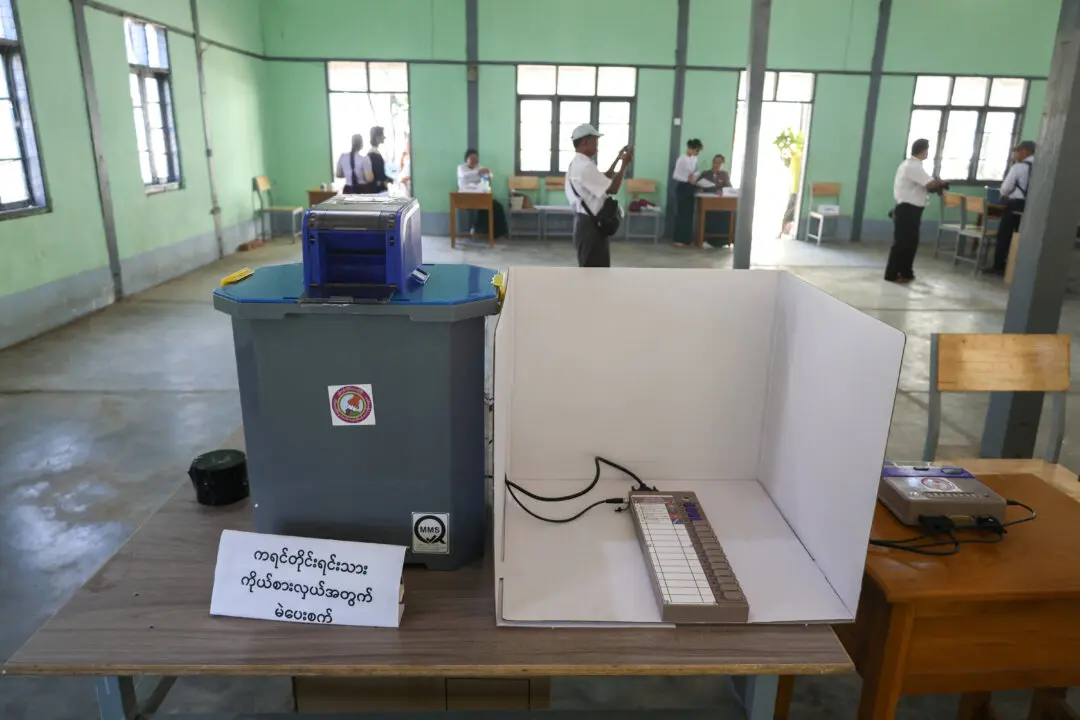HAVANA—The Trump administration on June 4 imposed heavy new restrictions on U.S. travel to Cuba, including a ban on cruises, in a further bid to pressure the island’s Communist government to reform and end its support for Venezuela’s illegitimate dictator Nicolas Maduro.
The tightening of the decades-old U.S. embargo on one of the world’s last remaining communist regimes will further wound its crippled economy.





